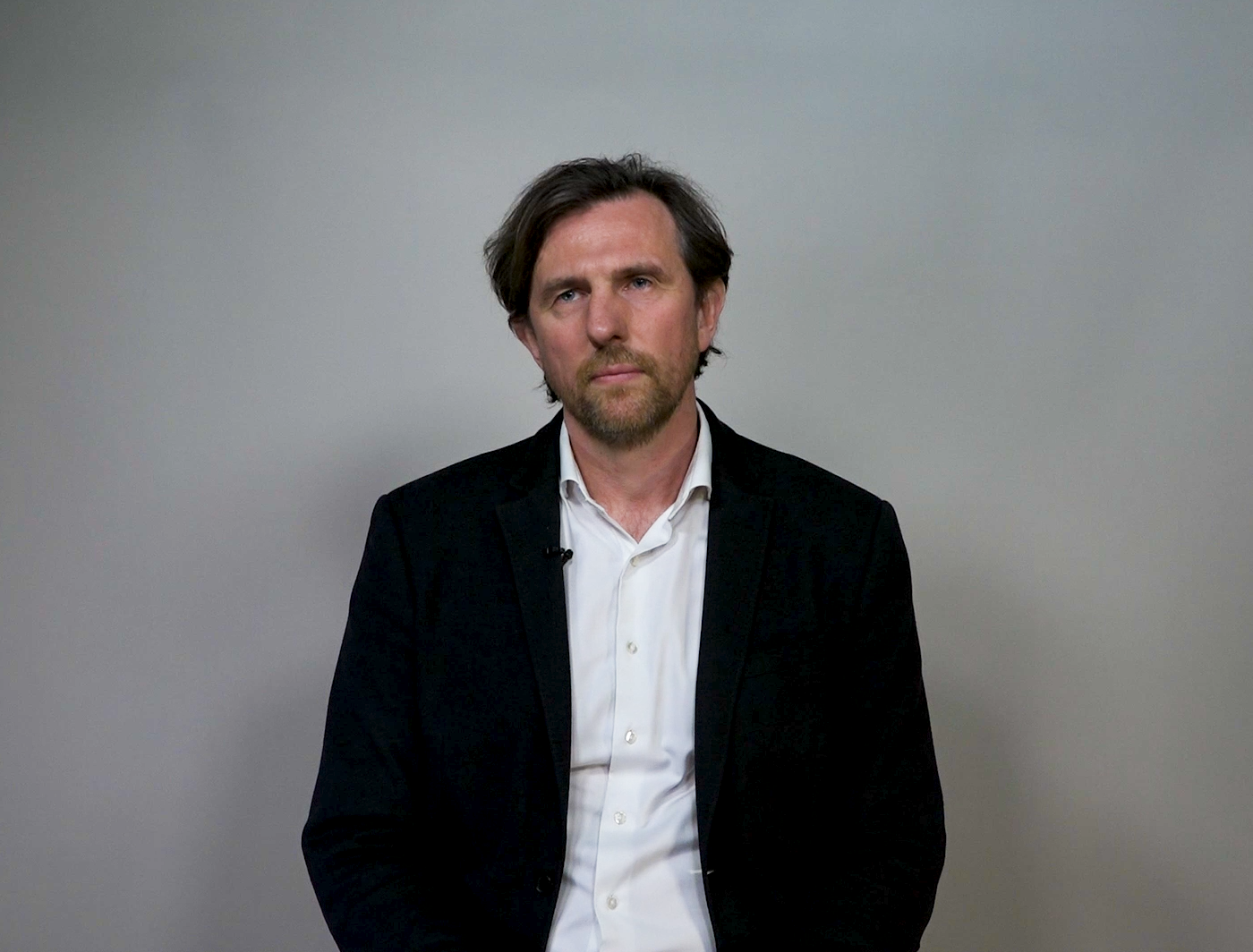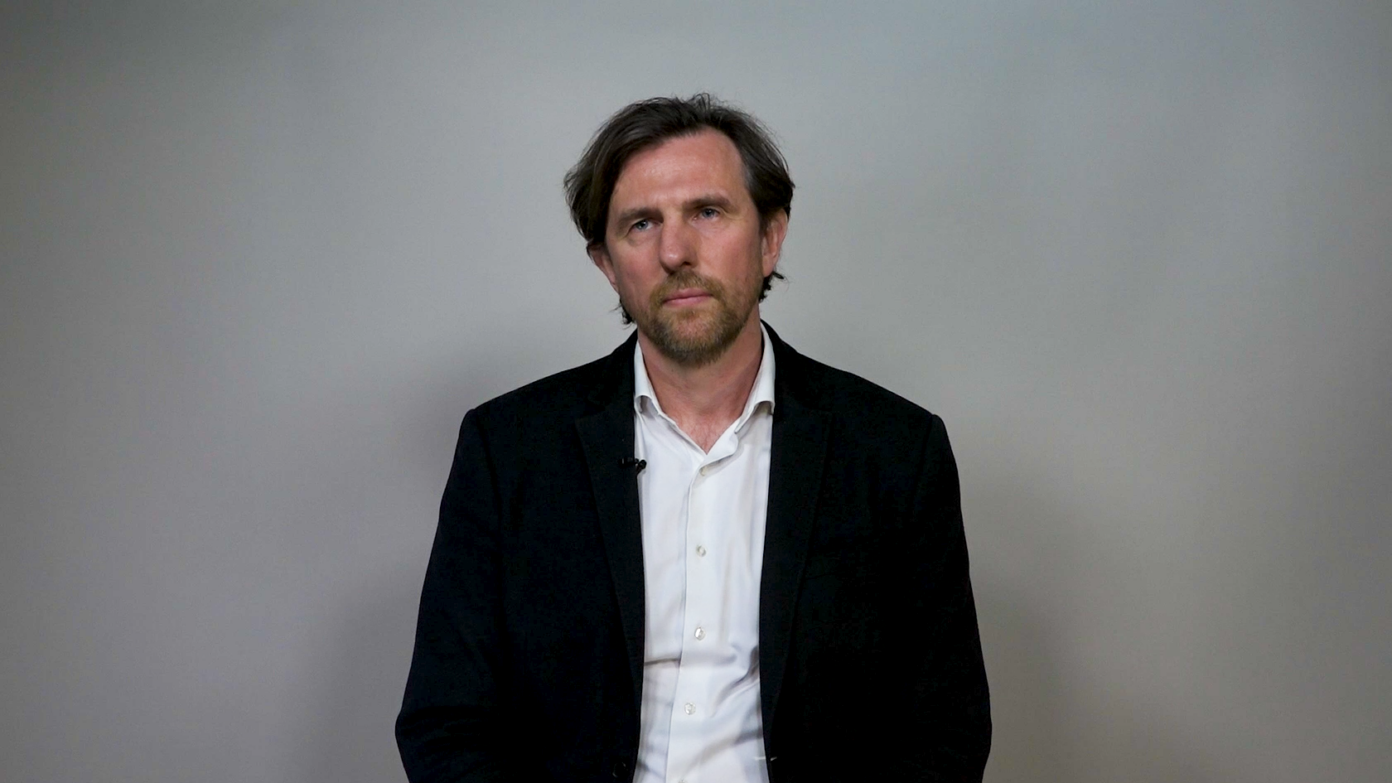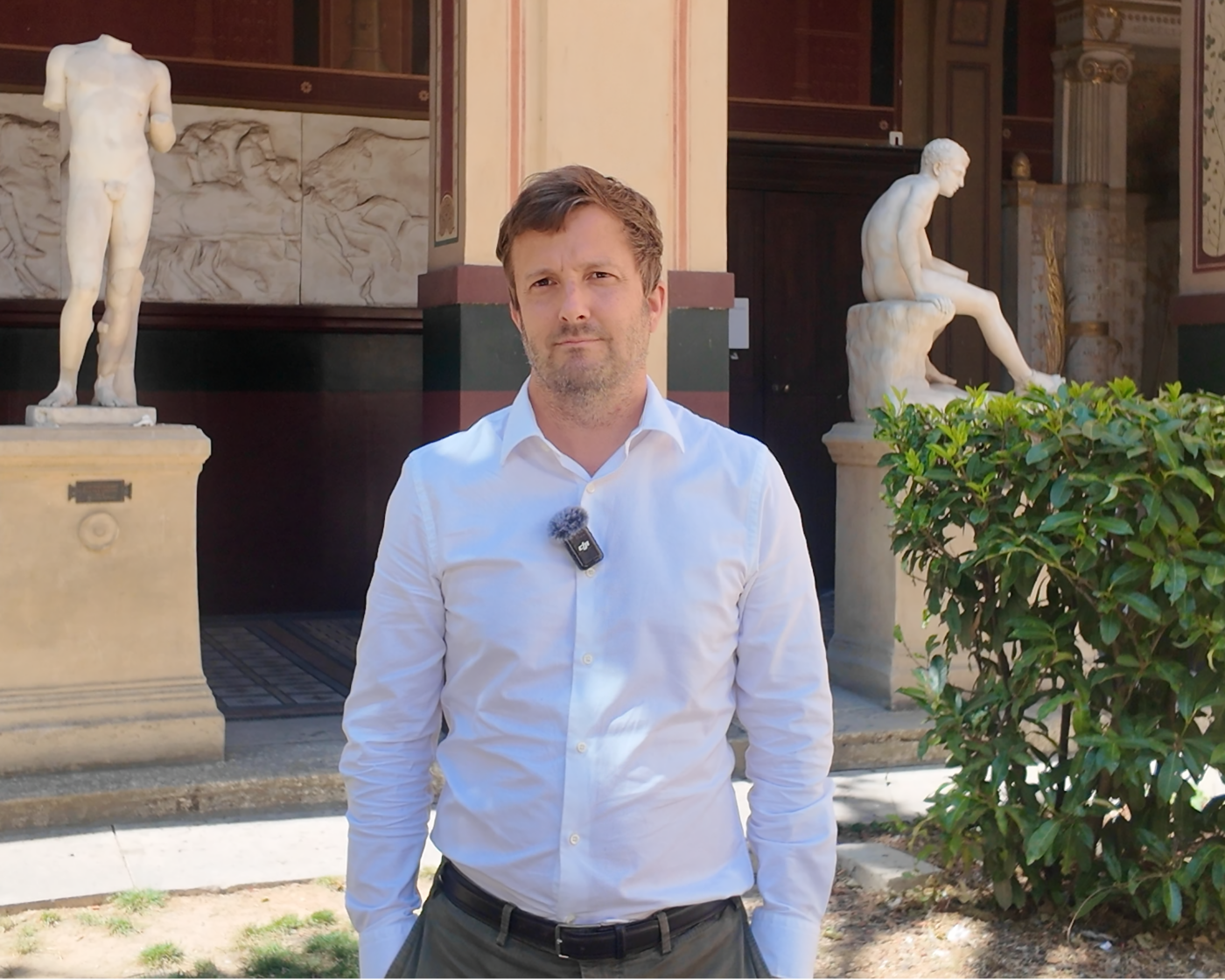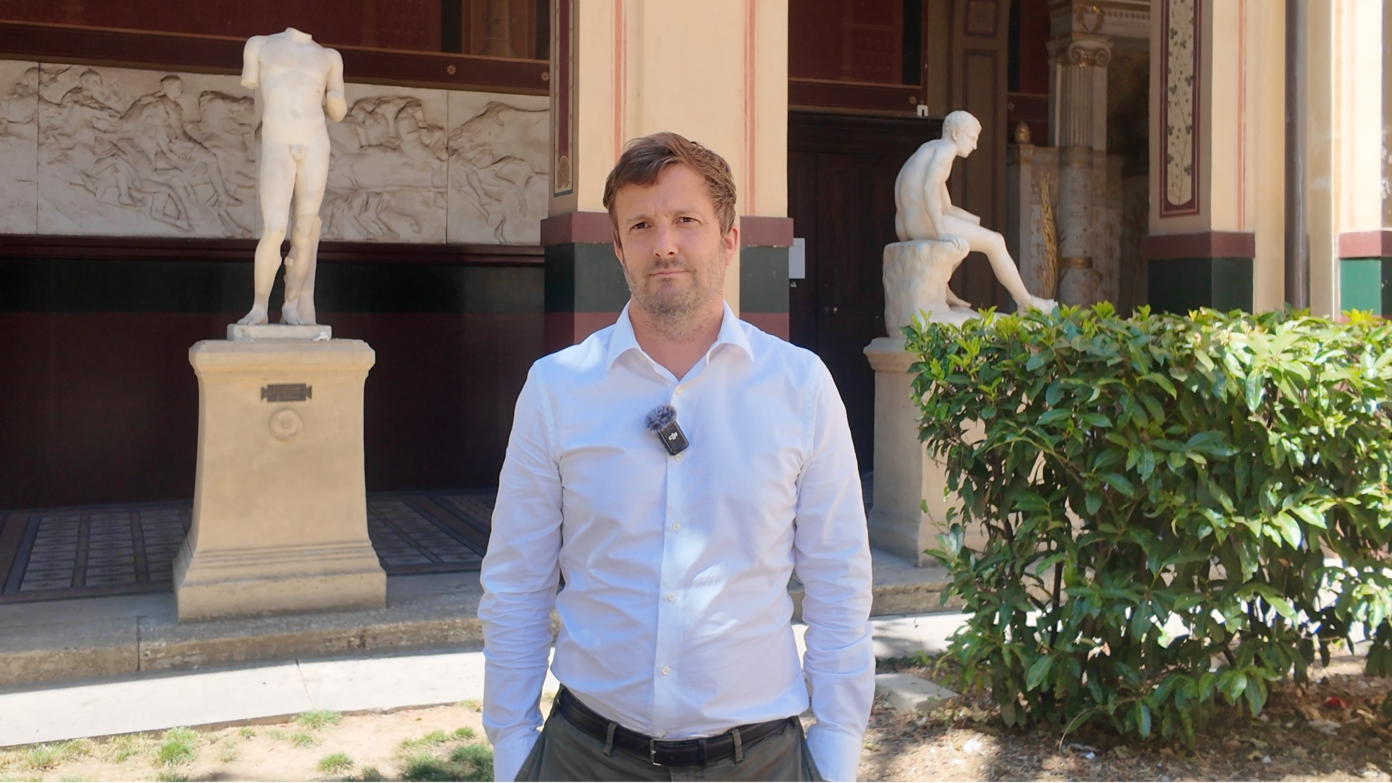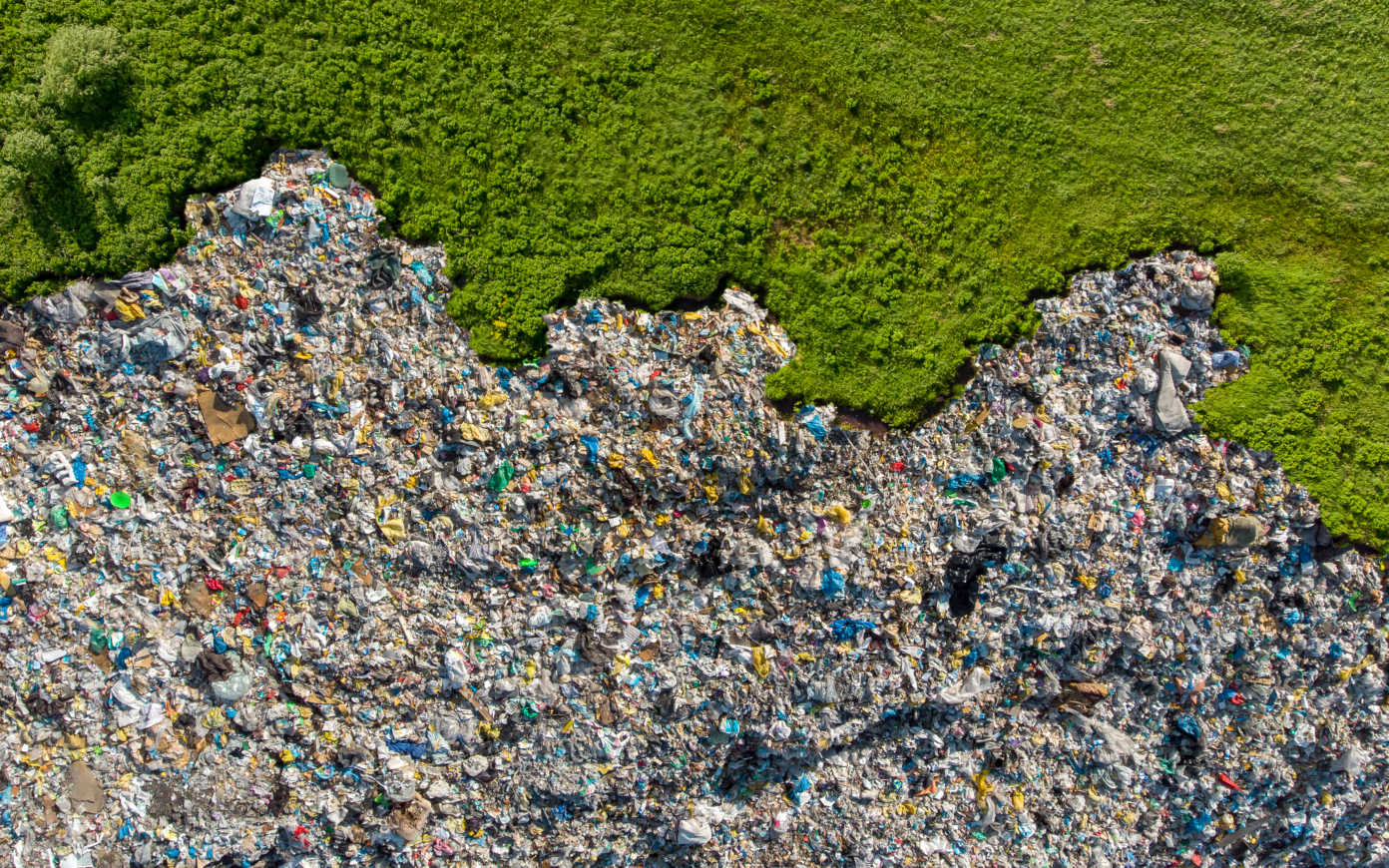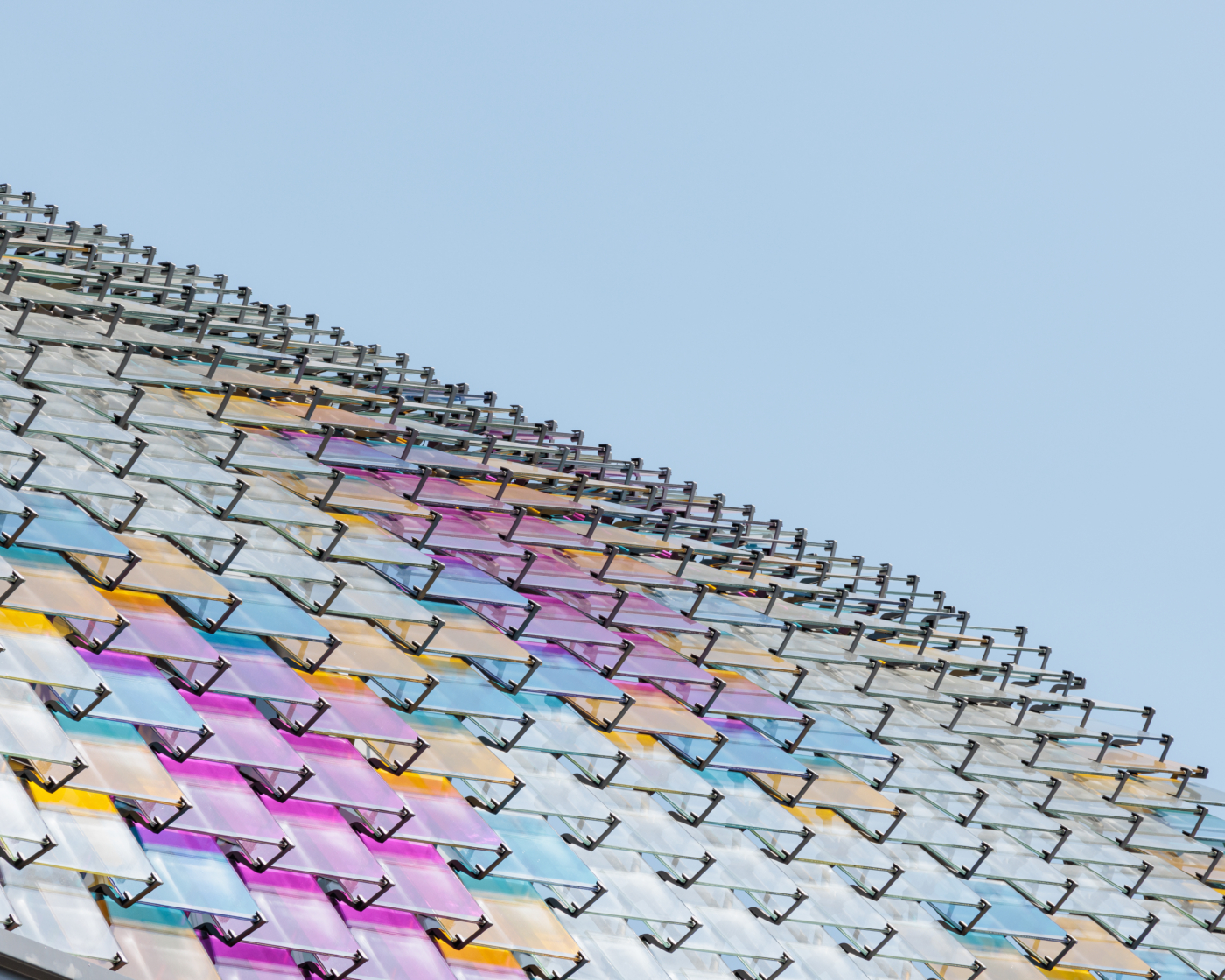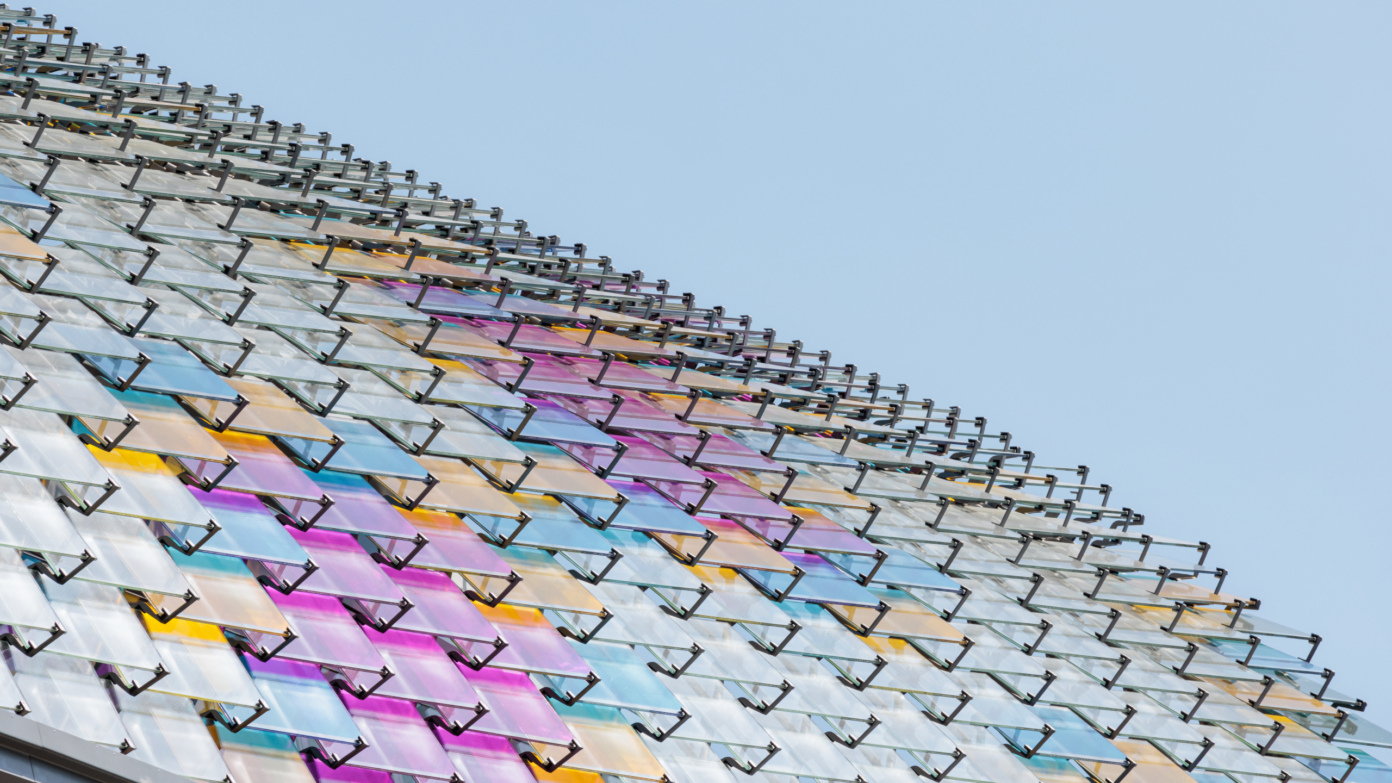Beyond the Smart City

- Publish On 18 November 2017
- Carlos Moreno
While the first real experiences of smart cities, dead on arrival for the most part, have been bottomless money pits, Carlos Moreno, a researcher in the fields of complex systems, robotics, and artificial intelligence, contrasts this notion with a new vision of the “living city.” While he is aware of the importance of digital tools in the design and evolution of the urban fabric, he nevertheless criticizes the techno-centric and universalist dimension of the smart city, which erases the place of the living and its interactions, literally generating dead cities. The living city seeks to understand the other and the way that it interacts with its socio-territorial-urban environment. Technological but first and foremost human, the living city advocates relationships and exchange to bring forth new ideas and practices. It is a creative ecosystem not dictated by the vertical nature of technology or of architecture, but based on metabolic exchanges and citizens’ re-appropriation based on a DIY approach.
Techno-centrism is the death of the city
How has your research in computing and robotics helped you to take a fresh approach to the urban question?
For me technology represents a way of understanding how urban spaces respond to functionality. By working in a quite pioneering manner on digital platforms with the goal of integrating heterogeneous systems, I have managed to grasp the ability of the digital realm to allow new services to emerge in a horizontal fashion. Digital platforms are tools that allow for the integration and cross-referencing of large quantities of highly differentiated data that can be linked together for new uses. In spite of all that, I quickly understood that techno-centrism would mean the death of the city in the sense that it erases the place of the living and the social interactions that are woven within it.
Eighty percent of the population of France live on twenty percent of its territory, and two percent of the surface of the planet today plays host to half of the world’s inhabitants. The city has therefore become a major issue. However, the first priority is for people to feel good within it. Therefore, I became interested in urban construction not only from the point of view of infrastructure and digital interactions, but through the prism of human beings, their needs, and the social appropriation of space. In a world where mankind has developed ubiquity, hyper-collectivity, and omnipresence, it is essential to establish a dialogue with the governance of the city, while at the same time favoring the strong participation of citizens at all times, and all of this over the mid and long term. The essential goal is to provide quality of life to the city’s inhabitants, to fight against the many inequalities in the urban environment, and to develop social inclusion, in a city that must be in harmony with nature and respectful of its balance.

Rather than speaking of the smart city, considering that the city is intelligent by definition, you prefer the idea of the “living city,” that you compare to an organism. What do you mean by this?
It is not enough to breathe to consider oneself alive. This is simply a metabolic ability, as essential as it may be. In the same way, it is not enough to be able to breathe in a city, to avail of clean energy or low energy buildings, nor even to enjoy a pollution-free environment. Human beings really come alive when they come into contact with society and acquire a capacity for creation and possibilities for co-construction and co-creation. Exchanging ideas constitutes the basis for the emergence of the living as a being, identified by a biological metabolism but also by the appearance of creative thinking, bringing new creations in its wake. This is the basis of evolution.
Smart city: The danger of the single model
I speak of a living city as I am quite opposed to the smart city in its technocentric dimension, even though I remain fully aware of the importance of these tools in urban transformation. I have come to disassociate myself from the tendencies of the major software companies who apply a copy-paste model of the intelligent city. According to this vision, a control center combined with the most powerful monitoring possible provides the city with its own intelligence. But running the coordination of traffic lights, sprinkling sensors around the city, and increasing the amount of silicon per square meter is not enough to ensure quality of life. I bitterly observe an international thinking that considers the mastery of technology as the solution to all our problems, even though it may generate dead cities. In Korea, the large projects of technological cities like Songdo—a prime example of the smart city—quickly became money pits and have already been deserted by the population. More and more neighborhoods are being built while ignoring the place of the human being and the importance of their relationships with others.
The essential issue is to find a cultural identity that allows one to feel that one is “from somewhere.” It is fundamental to understand the fragility of the planet upon which we live, and first and foremost that of the city, because it represents 75 percent of energy consumption, 80 percent of CO2 emissions, and 85 percent of the world’s wealth. While urban life is literally in the process of asphyxiating us, it remains an object of desire and tends to continue to spread further and further afield. Peaks in pollution have become endemic, biodiversity is experiencing a new crisis of extinction, social gaps are widening, access to water is increasingly unequal, populations are growing as is the need for food. In a world that is becoming increasingly fragile, cities are becoming easily destabilized, as the study of the risks of a centennial flood in Paris has shown. A simple look at our planet from east to west and north to south can be quite instructive, when one considers the damage caused by flooding, earthquakes, ecological crises, and catastrophes. Hence the importance of taking into account resilience, of reinventing common wealth and an approach to the living. Man is at the heart of the urban issue, it is he who holds the keys to improving his own living conditions.
Every city is a creative ecosystem
The living city is the ability to understand the other and the way that they interact with their socio-territorial-urban environment. Augustin Berque calls this relationship with the milieu the ecumene, updating the idea of anthropized lands already established by Eratosthenes in the third century A.D. At the beginning of his book he quotes the phrase from Jean-Marc Besse, “Between me and myself, there is the Earth.” The world is a whole and man, to cite Edgar Morin, has artificially separated things that are naturally connected. We are a part of a complex world, made up of transversal elements, or interrelationships and interdependencies. The living city is nothing other than a city that takes into consideration all of these relationships in order to allow the emergence of new ideas, practices, and creations.
The smart city is human before being technological. A city like Medellìn is a terrific example of resilience, reinvention, and low-tech creativity. Civil society’s involvement in the identification of its ills and in the desire to appease one of the most violent cities in the world—due to its domination by the mafia—has played a fundamental role. It was rebuilt in favor of life and gave birth, at that moment, to the Cities4Life movement that has taken on an international dimension. Yet, nothing can be taken for granted; impermanence is an element to be kept very much in mind when faced with the uncertainty of our future. There are also cities that die, like the industrial cities of the rust belt in the United States, which doesn’t mean that they cannot be reborn—look to Detroit for proof of this—through re-appropriation by citizens and in accordance with a do-it-yourself philosophy.
The living city is a creative ecosystem in which citizens and governance can exchange in a transversal manner, where the way in which things are built is no longer dictated by verticality of technology or of architecture. It is a question of a city that listens, in search of its rhythm, its breath, according to a process that unfolds over the long term.
The notion of a “living city” is profoundly connected to the idea of an “urban metabolism.” This image refers to the process of transformation that the city is capable of mobilizing at the heart of the environment from which it draws its resources. The absorption of oxygen and the release of carbon dioxide, the filtering of blood, the beating of the heart, represent a functional basis that must be enriched by a new emergence. In this sense, I am extremely favorable to inter-city capillarity vis-a-vis nation states. The virtual hyper-metropolis SAN-SAN (San Francisco/San Diego) represents 68 million inhabitants, while the BOS-WASH (Boston/Washington) virtual hyper-agglomeration groups together 70 million inhabitants. These two clusters, theorized and identified by the visionary geographer Jean Gottmann in his 1961 book Megalopolis, reveal an urban vitality that is extremely different to that of the federal State, and we can see this for example on an electoral level. They are the ones who are today on the front lines of resistance to the policies of president Trump, who launched calls to respect environmental agreements, who fight to defend immigrants and numerous fundamental freedoms. This urban vitality forms a counter power to the nation-state that it is fundamental to maintain in order to preserve a human life that is both rich and plural.

A socio-technological hybridization to serve the living
In light of your experience with robotics and artificial intelligence, how do you envisage the way that the living will be taken into account, and its hybridization with technology in the construction of tomorrow’s cities?
The twenty-first century will be one of cities that go “beyond” metropolises, the century of ubiquity and algorithm-based intelligence, but also the century of other technological revolutions concerning nano-technologies, bio-systems, and AI which, when combined, will produce a new relationship for mankind with itself and with urban space. Some say that the city dweller has left to live in the digital and in social networks, but I consider that the opposite is true, that the digital is making itself an inevitable part of our lives. What I call socio-technological hybridization or even “reverse cyberspace” refers to how these things are gradually influencing our way of life.
The urban metabolism is today crystalizing around climate issues. This is clearly an issue of survival for humanity, that has never been as threatened as it is, and for the first time in its history, by its own activity. The city dweller today has a major role to play, one that requires pedagogy, commitment, and mobilization. The tech revolution and hybridization with biotech and nanotech can help to limit and even repair the impact of our past activity. Change is beginning to affect our way of thinking—the realization of the Anthropocene—of building—preferring wood to concrete—of discarding—in a circular approach—and even of considering other living things. The polycentric and multifunctional city, which I call the “quarter-hour city,” where essential services can be accessed in 15 minutes, should represent a living habitat in its chosen materials but also in what it hosts. It is absurd that our vital spaces—buildings, passages, common spaces, garages, learning spaces—so separated, remain empty 60 percent of the time. The concept itself of the way in which we build and what we build is in opposition to the urban metabolism. Nonetheless, I am ready, in a utopian mindset, to bet on humanism in thinking that this will change, to embrace another paradigm around the circular nature of the living, where respect for dignity and quality of life are at the heart of our urban concerns.
This article was initially published in Stream 04 – The Paradoxes of the living in November 2017.

